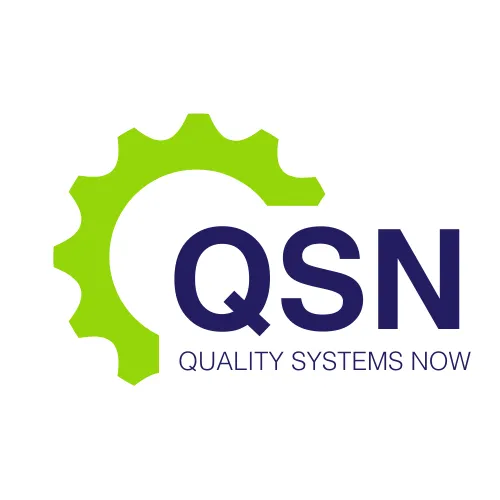LATEST NEWS

Why Your Quality KPIs Might Be Misleading—and What to Measure Instead
The Allure and Danger of Vanity Metrics
In pharmaceutical, medical device, and other highly regulated industries, Key Performance Indicators (KPIs) are essential for monitoring compliance, operational efficiency, and product quality. However, many organizations fall into the trap of tracking vanity metrics—numbers that look impressive on reports but fail to drive real improvement.
Vanity metrics, such as:
"100% training compliance" (without assessing competency)
"Zero CAPAs open past due date" (while underlying issues persist)
"Number of audits completed" (without evaluating findings' impact)
…create a false sense of security while masking systemic quality risks.
Why traditional KPIs often mislead rather than inform
How to distinguish vanity metrics from meaningful indicators
A scientific approach to selecting KPIs that drive quality maturity
1. The Problem with Vanity Metrics in Regulated Industries
a) Compliance ≠ Quality
Many organizations measure success by regulatory compliance alone—assuming that meeting audit requirements equates to robust quality. However, compliance is a minimum standard, not an indicator of excellence.
Example: A site may boast "zero major FDA observations" yet still experience recurring deviations due to superficial root cause analysis.
b) Activity vs. Impact
Common vanity metrics track activity rather than outcomes:
Vanity MetricWhat It Misses"100% of employees trained"Did training actually change behavior?"All CAPAs closed on time"Were solutions effective, or just expedient?"X% reduction in deviations"Were deviations underreported to meet targets?
c) Gaming the System
When KPIs are tied to bonuses or management reviews, employees may:
Underreport issues to avoid triggering investigations
Prioritize quick fixes over sustainable solutions
Manipulate data to meet targets (e.g., reclassifying major deviations as minor)
This creates a culture of fear rather than continuous improvement.
2. What Should We Measure Instead?
a) Leading vs. Lagging Indicators
Lagging Indicators (Reactive)Leading Indicators (Proactive)Number of deviations% of deviations with robust root cause analysisCAPA closure rate% of CAPAs verified as effective after 6 monthsAudit findings count% of repeat findings (indicating systemic gaps)
Scientific Insight: Leading indicators predict future performance, while lagging indicators only confirm past failures.
b) Process Capability Over Compliance
Instead of measuring whether a process is followed (e.g., "documents reviewed on time"), assess how well it performs:
First Pass Yield (FPY) – % of units meeting specs without rework
Process Sigma Levels – Statistical measure of defect rates
Right-First-Time (RFT) in Documentation – Errors per batch record
c) Cultural & Behavioral Metrics
Quality maturity depends on human factors, such as:
Psychological Safety Score (Do employees report errors without fear?)
Improvement Suggestions per Employee (Is engagement driving change?)
Time Spent on Preventive Actions (vs. firefighting)
3. Implementing Meaningful KPIs: A Scientific Approach
Step 1: Align Metrics with Business & Regulatory Goals
TGA/FDA Expectations: Does the metric support quality maturity (QMM) rather than just compliance?
Operational Impact: Will improving this KPI reduce costs, delays, or risks?
Step 2: Use Statistical Rigor
Control Charts (Tracking trends, not just point-in-time data)
Regression Analysis (Do training hours actually reduce errors?)
Predictive Analytics (Which factors most influence deviations?)
Step 3: Foster Transparency
Avoid punitive KPI structures that discourage reporting.
Public dashboards showing real-time data (e.g., deviation trends, CAPA effectiveness).
Step 4: Continuously Reevaluate
Are KPIs still relevant? (e.g., Is "training compliance" still useful if competency assessments exist?)
Do they drive the right behaviors? (Or are teams "gaming" them?)
From Vanity to Value - Schedule a Call To Learn More
Vanity metrics provide comforting illusions—but in regulated industries, illusions can be dangerous. By shifting focus to leading indicators, process capability, and cultural metrics, organizations can:
✔ Move beyond compliance to true operational excellence
✔ Reduce hidden risks that vanity metrics obscure
✔ Build a culture of continuous improvement
Call to Action:
Audit your current KPIs: Are they measuring activity or impact?
Pilot 1-2 leading indicators (e.g., CAPA effectiveness rate).
Train teams on data literacy to interpret metrics correctly.
The most successful quality systems don’t just track numbers—they drive meaningful change.
